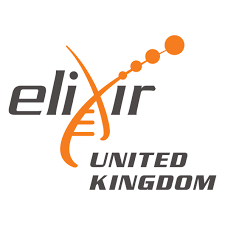GtoPdb is requesting financial support from commercial users. Please see our sustainability page for more information.
R4 family C
Formerly known as: B family of RGS proteins
Unless otherwise stated all data on this page refer to the human proteins. Gene information is provided for human (Hs), mouse (Mm) and rat (Rn).
Overview
The R4 family of RGS proteins is the largest family of RGS proteins with 10 members. Each of the R4 family members contain only small N- and C-termini apart from the RGS domain. The N-terminal amphipathic helix present in most R4 family members serves an important function in membrane association and can directly bind phospholipids. In contrast to the RGS domain, which is well conserved among members of the R4 family of RGS proteins, the N- and C-termini vary, enabling specificity of non-GAP functions. Despite the non-complex structure of these proteins, several R4 family RGS proteins have been shown to possess additional functions apart from acting as GAPs at activated Gα subunits [1,3].
Targets
Targets of relevance to immunopharmacology are highlighted in blue
|
RGS1 (regulator of G-protein signaling 1)
C
Show summary »
More detailed page |
|
RGS2 (regulator of G-protein signaling 2) C
Show summary »
More detailed page |
|
RGS3 (regulator of G-protein signaling 3) C
Show summary »
More detailed page |
|
RGS4 (regulator of G-protein signaling 4) C
Show summary »
More detailed page |
|
RGS5 (regulator of G-protein signaling 5) C
Show summary »
More detailed page |
|
RGS8 (regulator of G-protein signaling 8) C
Show summary »
More detailed page |
|
RGS13 (regulator of G-protein signaling 13)
C
Show summary »
More detailed page |
|
RGS16 (regulator of G-protein signaling 16)
C
Show summary »
More detailed page |
|
RGS18 (regulator of G-protein signaling 18) C
Show summary »
More detailed page |
|
RGS21 (regulator of G-protein signaling 21) C
Show summary »
More detailed page |
Further reading
How to cite this family page
Database page citation (select format):
Concise Guide to PHARMACOLOGY citation:
Alexander SPH, Kelly E, Mathie AA, Peters JA, Veale EL, Armstrong JF, Buneman OP, Faccenda E, Harding SD, Spedding M, Cidlowski JA, Fabbro D, Davenport AP, Striessnig J, Davies JA et al. (2023) The Concise Guide to PHARMACOLOGY 2023/24: Introduction and Other Protein Targets. Br J Pharmacol. 180 Suppl 2:S1-22.







